Now and then: Changing funeral trends
Updated: 2015-04-05 06:09
(chinadaily.com.cn)
|
||||||||
Qingming Festival, which falls on April 5 this year, is a time to pay respects to ancestors and commemorate those who have died.
In this edition of Now and Then, we look at changing trends in Chinese funerals.
Then: Old rituals
In Chinese tradition, a funeral is a complicated and solemn rite. People made preparations for the afterlife in advance, choosing a site for their burial and preparing a coffin and burial clothes. Emperors would spend decades building mausoleums for themselves at tremendous cost.
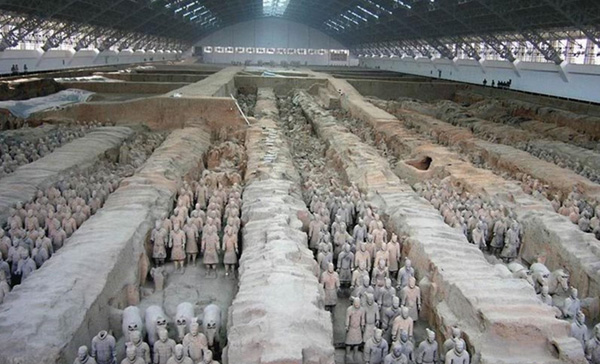 |
|
The Mausoleum of Emperor Qin Shi Huang, the first emperor of the Qin Dynasty (221-206 BC), took 30 years to finish. [Photo/File photo] |
Since cremation is uncommon, burial is taken seriously in Chinese society. Improper funeral arrangements can wreak ill fortune and disaster on the family of the departed.
To a degree, funeral rites and burial customs are determined by the age of the deceased, cause of death, position in society and marital status.
Rites for an elder must follow a prescribed form befitting a person's status and age and must be carried out even if it means the family goes into debt.
Preparations often begin before death has occurred. When a person is on his/her death bed, a coffin will often have already been ordered from an undertaker who oversees all funeral rites.
Now: A sea change
More Chinese families are opting to bury their loved ones at sea because of an increase in local government subsidies and services for the practice.
In cities such as Beijing and Shanghai, governments offer free sea burials or cash subsidies to families. When sea burial was initiated in the 1990s, few were willing to let go of the remains of their dead but there were more than 1,200 such funerals last year.
- HK commemorates 25th anniversary of Basic Law
- Chinese city removes family consent provision for body donation
- Solar Impulse 2 Pilot appeals for clean future
- Chinese vice premier meets Thai princess
- Northeast Chinese government fined for destroying family tombs
- China live broadcasts pandas' failed natural mating

 Former president Fidel Castro appears in public in Cuba
Former president Fidel Castro appears in public in Cuba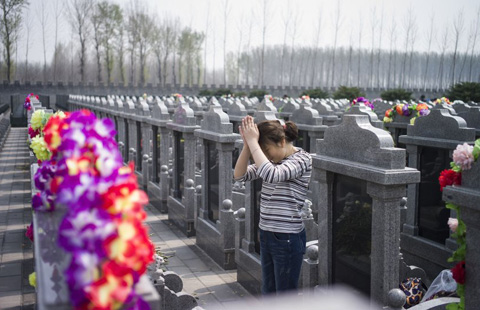
 Now and then: Changing funeral trends
Now and then: Changing funeral trends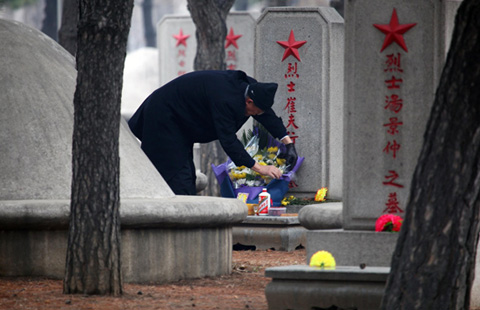
 Chinese honor war heroes on Tomb Sweeping Day
Chinese honor war heroes on Tomb Sweeping Day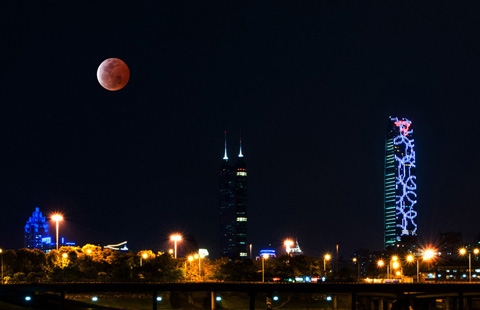
 Lunar eclipse turns the moon 'blood red'
Lunar eclipse turns the moon 'blood red'
 2015 New York International Automobile Show kicks off
2015 New York International Automobile Show kicks off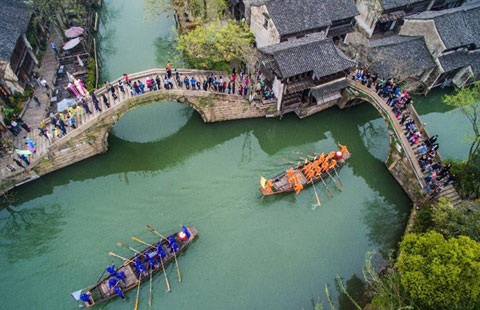
 Ancient 'Xiangshi' kicks off in Wuzhen
Ancient 'Xiangshi' kicks off in Wuzhen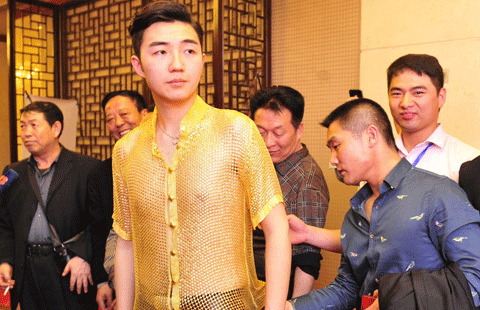
 Golden moments at jewelry show
Golden moments at jewelry show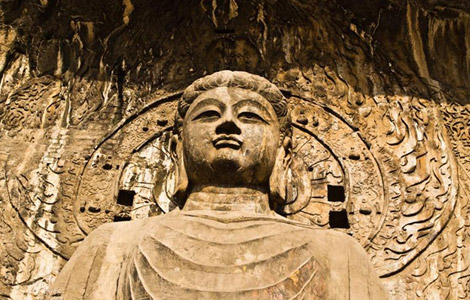
 Luoyang, the ancient capital of thirteen dynasties
Luoyang, the ancient capital of thirteen dynasties
Most Viewed
Editor's Picks

|

|

|

|

|

|
Today's Top News
China promotes eco-friendly burials
China to develop city clusters along middle reaches of Yangtze
HK commemorates 25th anniversary of Basic Law
Family consent not needed to donate corpse for research in Guangzhou
Xi plants roots of
green awareness
Li backs firms' global vision
China to standardize energy conservation by 2020
More Chinese, US pilots killed in anti-Japanese invasion war identified
US Weekly

|

|






